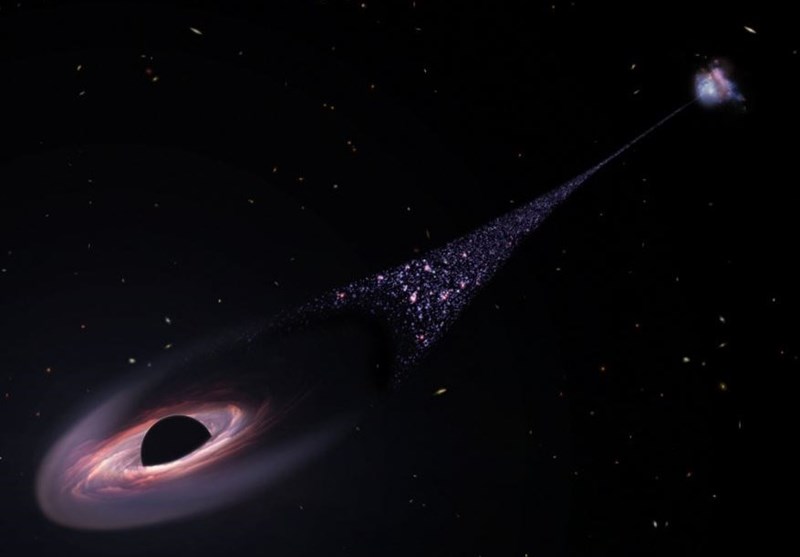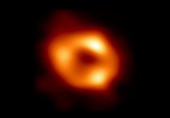Do Black Holes Suck in Matter Like A Vacuum Cleaner?
TEHRAN (Tasnim) – Despite a primary diet of gas and dust, black holes will consume anything that comes too close — meaning moons, planets and even stars are on the cosmic menu.
But does this mean black holes greedily suck in everything around them, like cosmic vacuum cleaners, as commonly imagined?
The answer is no. To feed and grow, black holes actually need a little luck, and a big, bright disk of matter around them.
"Often we think of black holes as sucking matter in, like a vacuum cleaner. But that isn't a great way to think about black holes," John Regan, a Royal Society University research fellow at Maynooth University who specializes in black holes, told Live Science.
"In terms of the size of the galaxy around it, the black hole is tiny," Regan said. "So, in fact, especially for small black holes, you're nearly better off thinking of them like feathers in the wind."
This analogy points to the fact that black holes can drift through galaxies, with a very lucky few eventually finding themselves in dense environments rich with gas and dust where they can start gathering mass. It's "very unlikely" for a small black hole to end up in such an environment, Regan added, with most black holes winding up in regions of space with little or no gas to feed on.
So rather than inexorably pulling mass toward them from great distances, black holes depend on being in a region with plenty of food to begin with. Even then, however, lucky black holes rely on an external delivery mechanism to bring them matter.
When surrounded by gas and dust, black holes don't just immediately start drawing everything toward them and consuming it. Instead, this matter forms a flattened, fast-moving structure called an accretion disk around the black hole.
Black holes grow when rapidly spinning disk material gradually moves from the disk's outer edge to the inner edge closest to the black hole. From there, it is gradually "fed" to the black hole's event horizon — the point beyond which nothing, not even light, can escape the hole's gargantuan gravitational influence.
Matter within the accretion disk is violently heated by immense tidal forces, causing many accretion disks to glow brightly. This makes detecting accretion disks one of the easiest ways for astronomers to locate black holes.
Black holes can also swallow stars, but only the most massive objects can swallow a star whole, according to Hubblesite. More often, when a black hole feeds on a star, it stretches and squashes it with tidal forces first, in a process called spaghettification or a tidal disruption event (TDE).
"A TDE is basically what happens when a star wanders too close to a supermassive black hole and gets torn apart by the tidal forces surrounding that black hole," Yvette Cendes, a radio astronomer at the Harvard & Smithsonian Center for Astrophysics, told Live Science. "The unbinding of the star is actually very fast. That process is like a few hours, tops."
Traditional models of TDEs suggest that half of this spaghettified stellar material gets flung outward, away from the black hole, Cendes added. The other half forms an accretion disk — or joins an existing one — with the destructive black hole at its center. The stellar material is further broken apart by the violent conditions in the accretion disk and is also gradually fed to the event horizon.
Black holes don't always destroy the stars they feed on, however. Even though they don't suck anything up, black holes can act like cosmic vampires in another way: If a black hole is in a binary system with a star, its gravity can pull stellar material from the star's outer layers, keeping its stellar victim alive while gradually feeding on it. This process hastens the demise of the victim star, which itself could leave behind a second black hole in the system when it eventually dies.
An example of such a system is Cygnus X-1, in which a blue supergiant star with a mass around 25 times that of the sun orbits a compact object with a mass 8 to 10 times that of the sun — believed to be a stellar-mass black hole (the smallest type of black hole that astronomers have observed). This suspected black hole is strongly emitting X-rays from around it, likely because stellar material is being stripped from the star and falling to the event horizon via an accretion disk.






